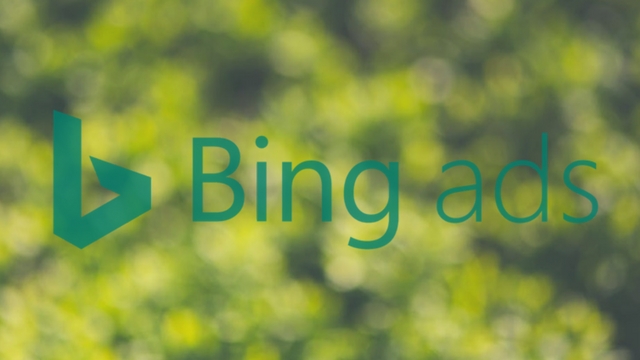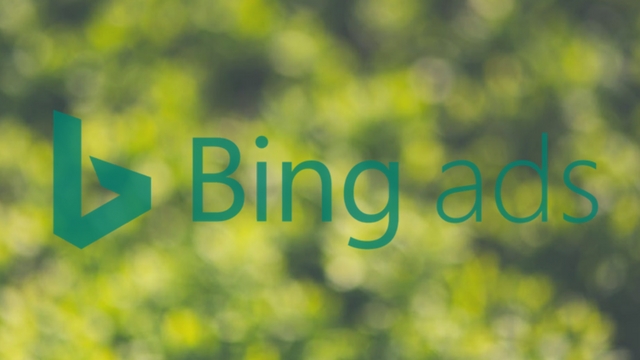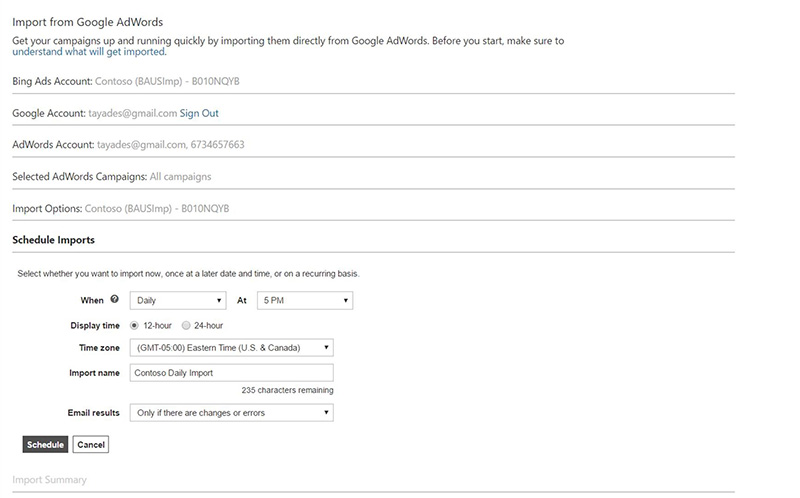Microsoft is expanding its responsive search ads beta to all advertisers.
Responsive search ads are an increasingly popular way to automatically tailor your ads for the specific needs of individual customers.
Essentially, the advertiser can create a number of combinations for both headlines and descriptions within a single campaign, which the ad platform then selects based on a specific search query.
In the case of Microsoft’s responsive search ads, advertisers can provide up to 15 headlines and 4 descriptions. When shown, the ads can display up to 3 titles and 2 descriptions.
After the campaign has run for long enough to gather data, Microsoft will also select the top-performing ad combinations in a report for advertisers, while underperforming combinations will be shown less often or not at all.
The company says responsive search ads can benefit brands in a number of ways, including:
- Reducing bulky operations and saving time
- Serving the right message to the right user at the right time
- Improving overall ad performance
To ensure the best performance using responsive search ads, Microsoft recommends following these tips:
- Create responsive search ads in the same campaigns with your current expanded text ads.
- Provide at least 8-10 unique headlines and at least 2 distinct descriptions with a clear call-to-action message.
- Review performance regularly.
- Pinning a headline or description will ensure it’s displayed in the desired position.
All you have to do to join the beta is fill out a short form available here.









